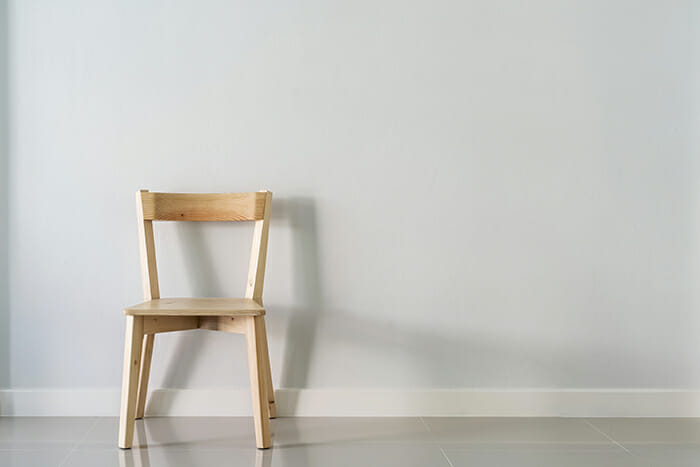Staining is the addition of color on a piece of wood to end the grain pattern on that particular wood. There are many staining products in the market, creating confusion in the selection. Despite this bewildering confusion, remember that staining is only for color addition. Staining can darken a piece of wood and remove grain patterns. It can make different wood resemble and accent features and details on a furniture piece.
The stain components include dyes, pigments, and a carrier. It’s the carrier that determines whether the stain is water or oil-based.
Staining is permanent and dramatic in changing the appearance of the piece of wood. You need to test any stain before its application on your furniture. To test a stain, use the option of applying it on the piece of wood that won’t show—for example, the dresser back or the bottom side. You can use a piece of scrap wood for testing purposes. Stains produce distinctive and unique looks on different wood types. You need to use a scrap from the same wood that the furniture is made from, but you can get good sources of furniture to practice on are charity shops.
Steps used in staining furniture
Use these steps to stain your furniture effectively.
Start by stirring or shaking the stain well before application. Heavier stain pigments always tend to settle down the can, and this process aids in mixing it well. Oil-based stains are widespread and have pigments and dyes mixed with mineral spirits. Thorough stirring brings the pigments and dyes to the top and blends well to get a full stain color.
Test the stain first. Use a piece of wood identical to that wood that produced the furniture for staining. Stain it and see the results if they are appealing. If the test piece of wood has a blotchy appearance when staining, you will need to add a wood conditioner. Apply the liberal amount of the most appropriate wood conditioner. It can either be an oil or water-based conditioner, depending on the stain type you are using. After applying this conditioner, give the stain 15 minutes before the staining process. The conditioner has to be thin and use a cheap brush in the application. If you know how to sand chair spindles, there is no need to sand the conditioner
Use a perfect tool for the staining process. You can use a brush, staining pad, or a rag. You need to be keen and make even strokes in the entire process. After a few minutes, you need to get rid of the excess stain by wiping it using a piece of cloth. For a darker color, let the paint for a longer time before wiping.
When wiping, be sure to wipe it all and in the direction of the wood grain. It ensures that the stain gets into the wood instead of lying on the top of the wood.
After staining your furniture, let it dry for a night. Add more stain if you need a darker color. A stain may have a dull appearance in the drying process, but this shouldn’t worry you. You will get a fresh look when you apply the finish later.

Essential tips to remember in the staining process
Neatness isn’t necessary for this process. What is important is getting a friendly, liberal, and even coat over the piece of wood.
There are fumes released when working with oil-based stains. You need to work in a well-ventilated environment. You can avoid fumes by opting for water-based paints. The advantage of water-based stains is that they come in many colors than oil-based stains. The application process is the same.
You can mix different stains to make a customized color. The two stains should be from the same manufacturer and be either water-based or oil-based. It’s advisable not to mix oil-based and water-based. Measure the amounts to be incorporated as per your preferences.
It’s possible to add a water-based stain over oil-based paint after giving the stain 24 hours. The duration allows the mineral spirit to evaporate from the oil-based. If the season is cold or rainy, wait for 48 hours before adding a water-based stain on an oil-based paint.
Stains only provide color and not a finish. Always have a finish on top of the stained wood.











